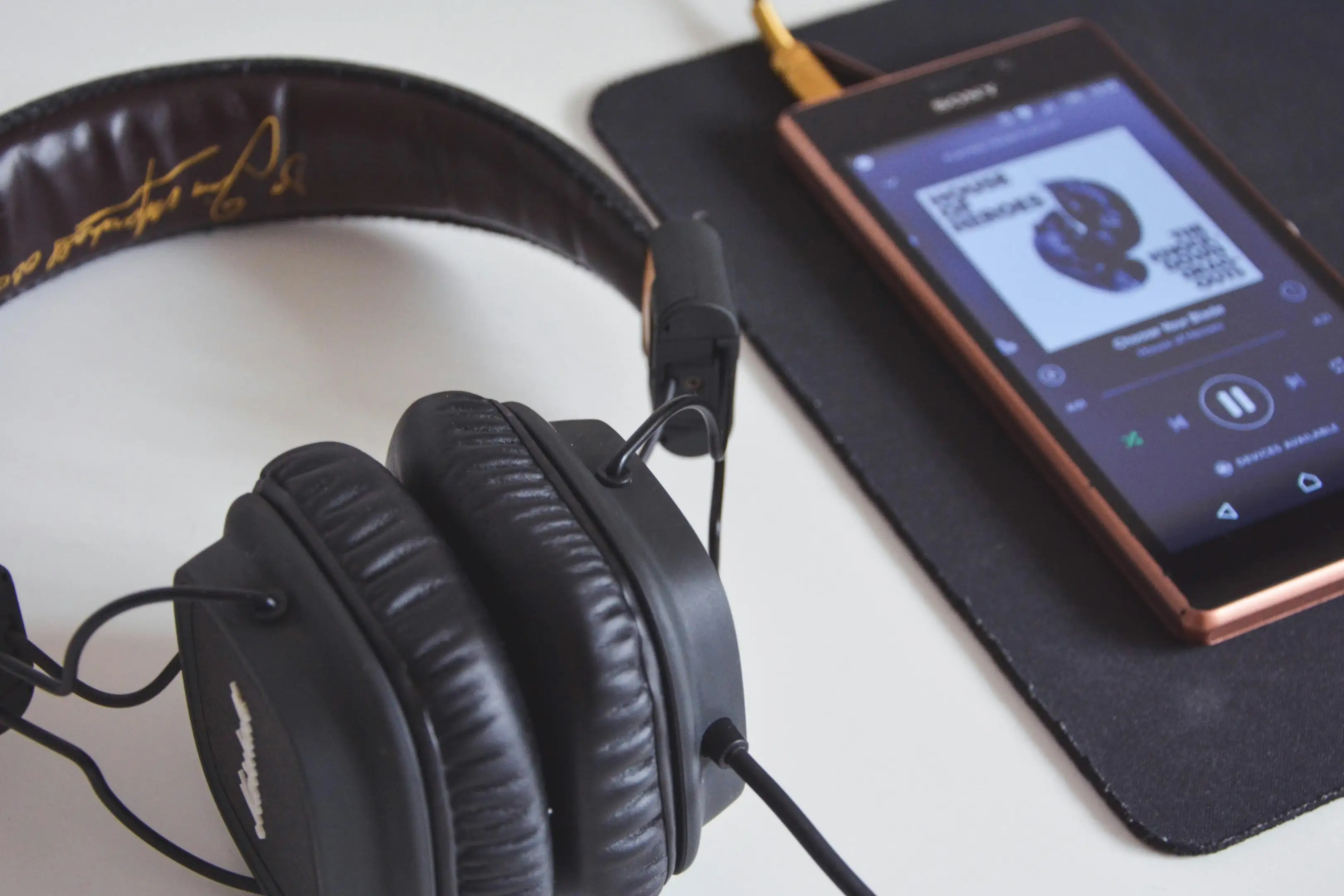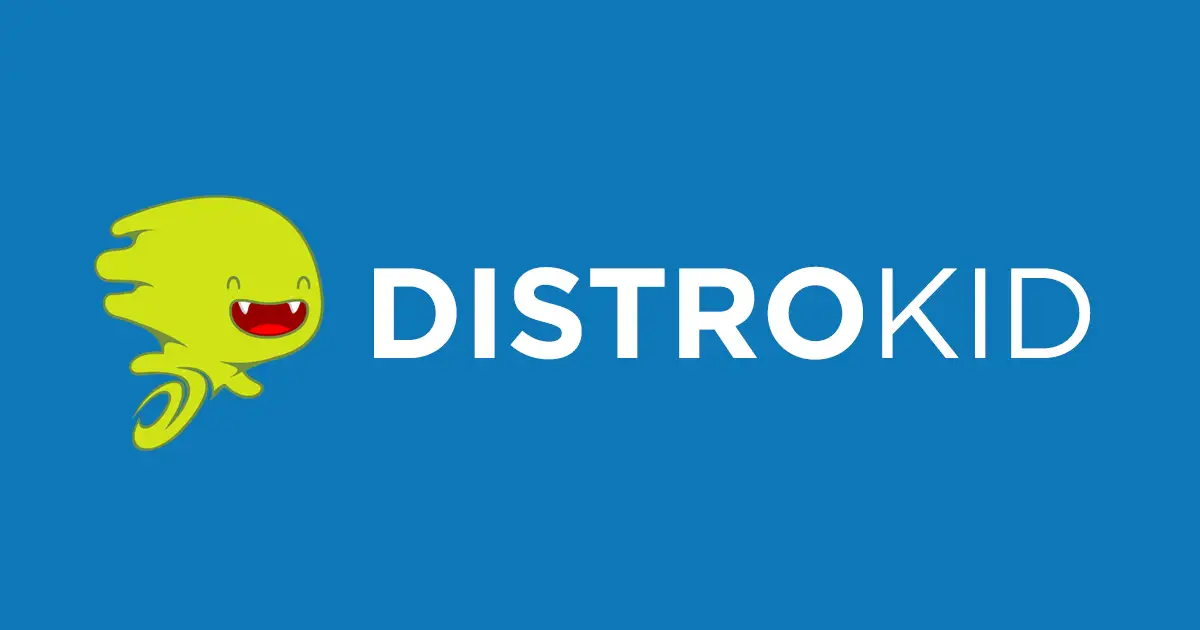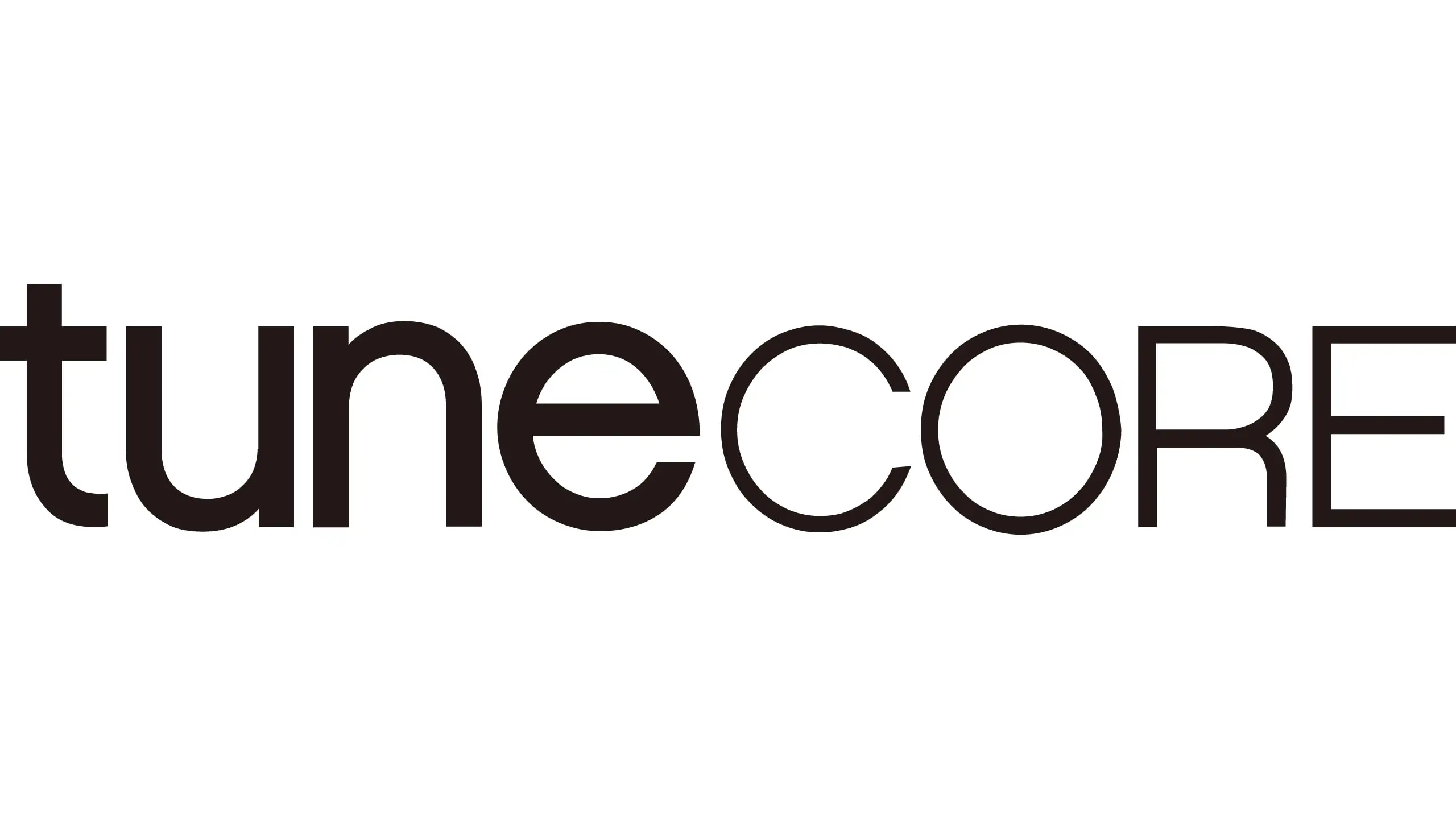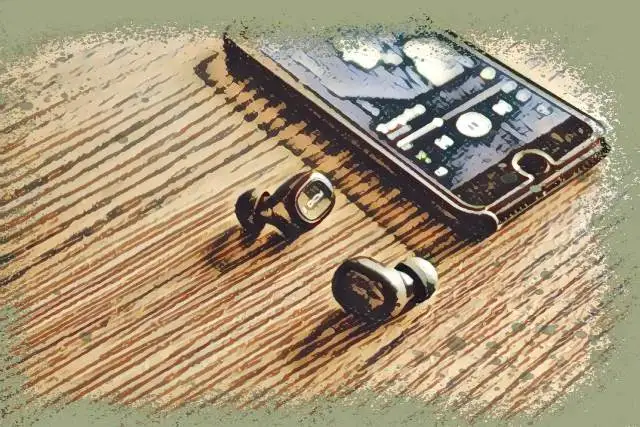Every artist needs a reliable music distribution service to publish their work. Digital music distribution companies help artists get their music up on services like Spotify and Apple Music. They can also help collect and distribute streaming royalties, enabling independent artists to build up their careers from the ground up. For any number of reasons, you might find yourself on the hunt for a new music distribution service.
Switching digital music distributors is not uncommon, as distributors can often shift in terms of features, royalty or fee structures, or even provide promotional tools. While anyone can make the transition from an old distributor to a new music distributor, it must be done carefully so that you do not lose your hard-earned music streams in the process.
Below, we'll teach you how to switch distributors without losing streams along the way. With a couple of key pieces of information, you should have no trouble bridging the gap between your old distributor and new distributor.

Why Is It Important to Maintain the Same Release?
You might assume that there isn't any harm in taking down a track and reuploading it on a different distribution platform. While this process is admittedly much faster than a proper track migration, it comes with significant drawbacks. Chiefly, you'll lose all of your music streams in the process.
You'll also lose valuable audience data - even if you don't have many streams to lose, your older analytics and data surrounding your active audience is vital for understanding your release strategy moving forward.
Take the extra time to properly swap distributors and download any analytic data from your old dashboard before closing out your account. Even if you don't have a use for your analytics now, they may become useful down the line as an artist.
Can a Label Move My Releases to a New Distributor For Me?
If you recently signed a deal with a label, it's probable that they may ask to host your music on their backend. Under these circumstances, professional music consultants will likely make the transition for you, using the backend portals on either distributor to complete the migration process. Independent distribution companies are unlikely to offer this arrangement.
How To Switch Music Distributors While Maintaining Stats on Streaming Platforms
Follow these steps to a T to maintain your streams when switching distribution companies:
1. Collect All of Your Music Metadata
To start, make sure you collect all of your music's metadata or key details that identify your track: it's absolutely essential that this data matches on both tracks. One small typo could make it difficult for the system to identify your new track as the old one, which could potentially result in streams lost in translation.
You will need to use the exact same song title, artwork, and artist name from one release to the next. You'll also need to use your original release date even on the new release. You should also use original ISRC and UPC codes, provided by your original distribution service. The ISRC and UPC codes can help identify the rightful owner of the creation and distribution rights of any given record, making them extremely important.
Each distribution service holds these data in various places, but if you search the name of your distributor paired with "ISRC" or "UPC" you should be able to find out where you can source this information.
When in doubt, open a support ticket: even if you're confident that you'll be able to transfer your releases without issue, it doesn't hurt to let both your old and new distributors know that this is your game plan. Your song's ISRC number and UPC must stay exactly the same. Some distributors input new ISRC and UPC numbers by default, so tread carefully in this section.
Additional Data
The above details are of utmost importance when it comes to transitioning your song to a new music distribution service, but you'll want to make sure any other voluntary data matches as well. This could include submitted metadata like lyrics, producers, composers, and any other featured musicians. Be sure to let any collaborators on the track know that you're making this transition so that they can appropriately monitor track migration and confirm a successful jump on their end.
Can I upload remastered audio files?
While there have been some accounts of successfully uploading remastered audio files with the same metadata as the original track (as shown through this depiction on Ari's Take ), it's generally advisable that you keep every detail surrounding your track such as the length, title, and other metadata exactly the same to ensure the best chance of successful distribution migration. You can attempt this, but it will likely come at a greater risk than reuploading the original audio files.
2. Start to Upload to Your New Music Distributor
Once you've collected all of the necessary data, it's time to start uploading your track or tracks to your new distribution company: Taking care to leave up the old track on your old distributor until further notice. Upload your track with the same information from your past distributor, double checking as you go with your previous release.
Also, make sure you understand your current music distributor polices behind keeping tracks up or transferring of tracks: some plans may require a different structure surrounding royalties or plan payments, so it's possible that your royalty payout may shift depending on your music distribution service of choice.

Most distributors offer help articles surrounding the process, like the ones offered by Distrokid and Tunecore . For bulk library transfers, you have a slightly different process but generally swapping distributors follows the same formula when migrating individual or a small number of releases.
3. Triple-Check Your Work Before Publishing Your New Release
It's now time to check your work. With your old distributor dashboard open in another tab, go ahead and compare notes to make sure you have exactly the same data for the following items:
- Original UPC and ISRC number
- Track length
- Original release date
- Same artist name
- Audio file and quality specs
- Same official artwork
- Lyrics
- Collaborators and credits
You can set the upload on your new distributor to publish as soon as possible. Different distribution services will provide varying release timelines.

4. Hold Onto Your Old Music Distributor (and Corresponding Release) Until You Can Confirm Migration
Once release day (or re-release day, in this case), rolls around, go ahead and double-check that you release has successfully uploaded to your artist page. When done correctly, your single, EP, or album may have a "1 more release" toggle on the project's Spotify page. You can also confirm that the release has been published via the backend of your distributor.
Note that different stores hold various publish times, which may not all be concurrent on your exact release day. Be sure to check every DSP you're concerned with before deeming the migration successful. Your distribution process may be slower or faster depending on whether you're comparing across Spotify, Apple Music, Tidal, or other outlets.
5. Finally, Remove the Old Release and Cancel Old Distribution Plan If Applicable
At this point, your new release should display the same statistics and streams as your original track if migration was successful. Once you've safely confirmed stream count migration as well as presence across various streaming platforms, you can remove the old release from your old distributor.
This process can take a couple of days, so it may be worth holding onto the old account during this stage of the process just to ensure the old versions of all applicable tracks are taken down correctly.
After you've confirmed take down and re-release on your new distributor, congratulations! You can finally rest easy and cancel your old distribution service.
Do I Need to Update My PRO?
You do not need to update your PRO (Performance Rights Organization) when migrating to a new distribution platform. This is because your PRO is tied to your music via your UPC and IRSC code: as long as you maintain the same codes from one platform to the next, you won't lose mechanical streams. If you haven't registered for a Performance Rights Organization like ASCAP or BMI, make sure to do so- otherwise, you're leaving valuable royalties out on the table.
Why Would You Consider Switching Music Distribution Services?
There are a couple of reasons why it may make sense to favor one distribution company over another. Some factors to consider include:
- Royalties: Some music distributors waive a yearly or monthly fee in exchange for a cut of your streaming royalties to cover maintenance costs. Be aware that switching distributors could affect your streaming royalty output or may require you to start paying for regular account fees. Other distributors may charge on a per-project basis.
- Additional Tools: Increasingly, music distributors offer additional tools like marketing materials, presave links, or the option to split royalties amongst several collaborators on the backend. You might also find resources like music video distribution or collection and distribution of royalties via YouTube content ID.
- Label Services: Nowadays, you don't necessarily need a traditional major label deal in the music industry to score label-like services. Some bespoke distribution services (these typically are invite-only) provide additional support like pitching to sync or even connecting to playlist curators and blogs.
- Should you score one of these distribution deals, it might be under the condition that you have to transfer over your library to their backend distribution system. You might have someone on your team oversee this process, but it's always a good idea to keep tabs on the transfer process.
- Customer Service: It might not seem like the most enticing aspect of distribution companies, but having responsive customer service when you're in a pinch with your distributor can be invaluable during a release cycle. If you're new to releasing, it might be a good idea to side with a distributor known for their responsiveness. You can use a crowd-sourced site like Trust Pilot to get a true sense of each distribution company's response time.
Switching digital music distributors can be a pain, but hopefully, this guide made your migration a tiny bit less stressful. With a little bit of time and patience, you can make the jump to a better distribution service for your needs without losing your valuable streams in the process.





